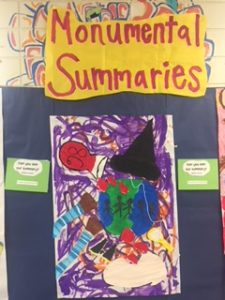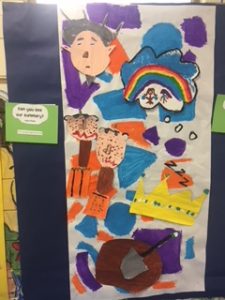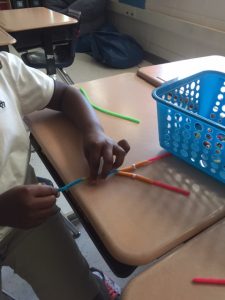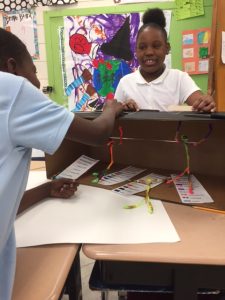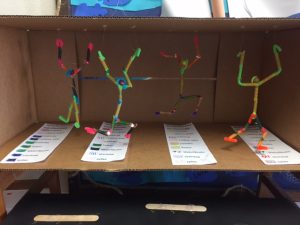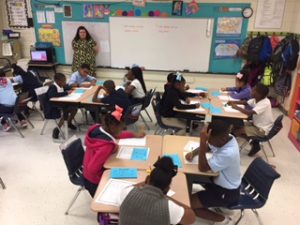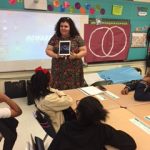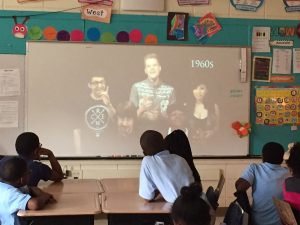 While learning between incomplete and complete stages of metamorphosis, students compared it with the evolution of music. Students watched the video, Evolution of Music by Pentatonix, and looked for ways that music has changed since the beginning of time. From the beginning years of humming and chants, to adding additional voices and then instruments, the students saw and heard the evolution of music. Then in small groups, the students watched a quick metamorphosis video of either a grasshopper, salmon fly, or butterfly where they had to identify if the insect uses complete or incomplete metamorphosis. Students then presented their insect through the progression of music. The presentations started as the reader chanted the reading of the story of their insects’ life cycle. Students added voices and instruments as the progression of the stages deepened as the cycle continued along with showing their knowledge of the evolution of music.
While learning between incomplete and complete stages of metamorphosis, students compared it with the evolution of music. Students watched the video, Evolution of Music by Pentatonix, and looked for ways that music has changed since the beginning of time. From the beginning years of humming and chants, to adding additional voices and then instruments, the students saw and heard the evolution of music. Then in small groups, the students watched a quick metamorphosis video of either a grasshopper, salmon fly, or butterfly where they had to identify if the insect uses complete or incomplete metamorphosis. Students then presented their insect through the progression of music. The presentations started as the reader chanted the reading of the story of their insects’ life cycle. Students added voices and instruments as the progression of the stages deepened as the cycle continued along with showing their knowledge of the evolution of music.
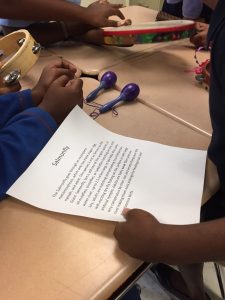
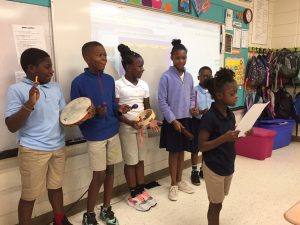
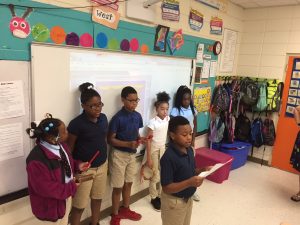

I think that it was a good lesson! It was also a creative lesson! My favorite part was when she let us do the music with the instruments. I loved watching the video too. – Laila
My favorite part about this task is that we learned metamorphosis through music. – Arberney
I liked the part when we played our insects metamorphic cycle with music.- Kaylen

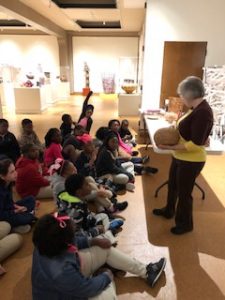

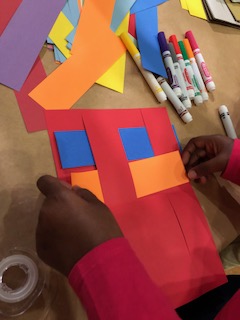


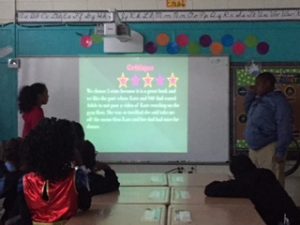
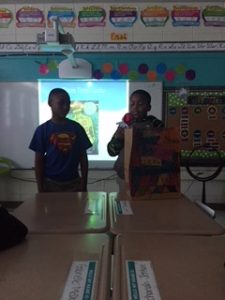
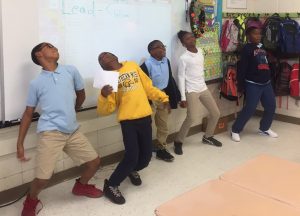
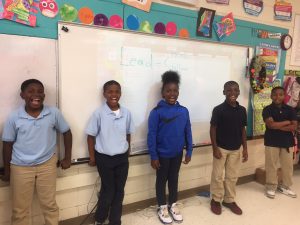
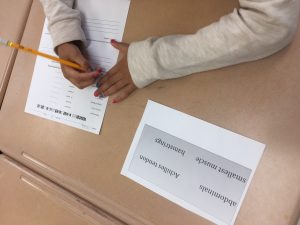
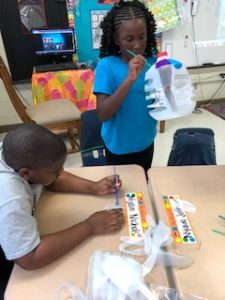

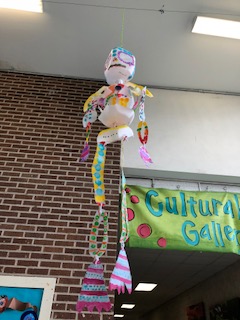
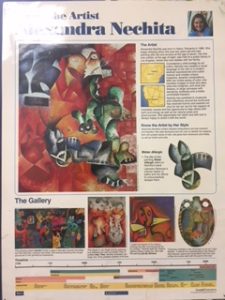 Schipke’s Class – The Witches by Roald Dahl
Schipke’s Class – The Witches by Roald Dahl